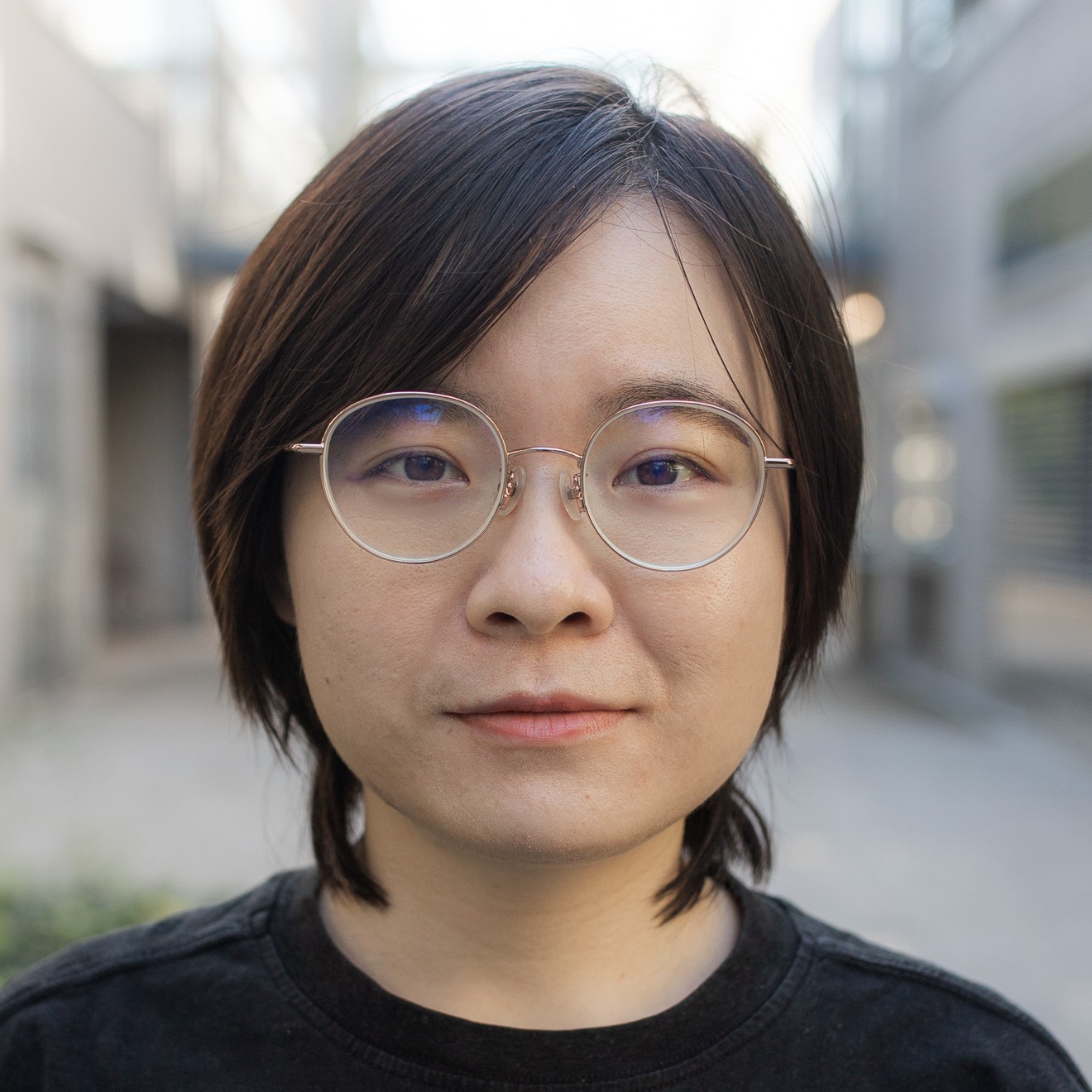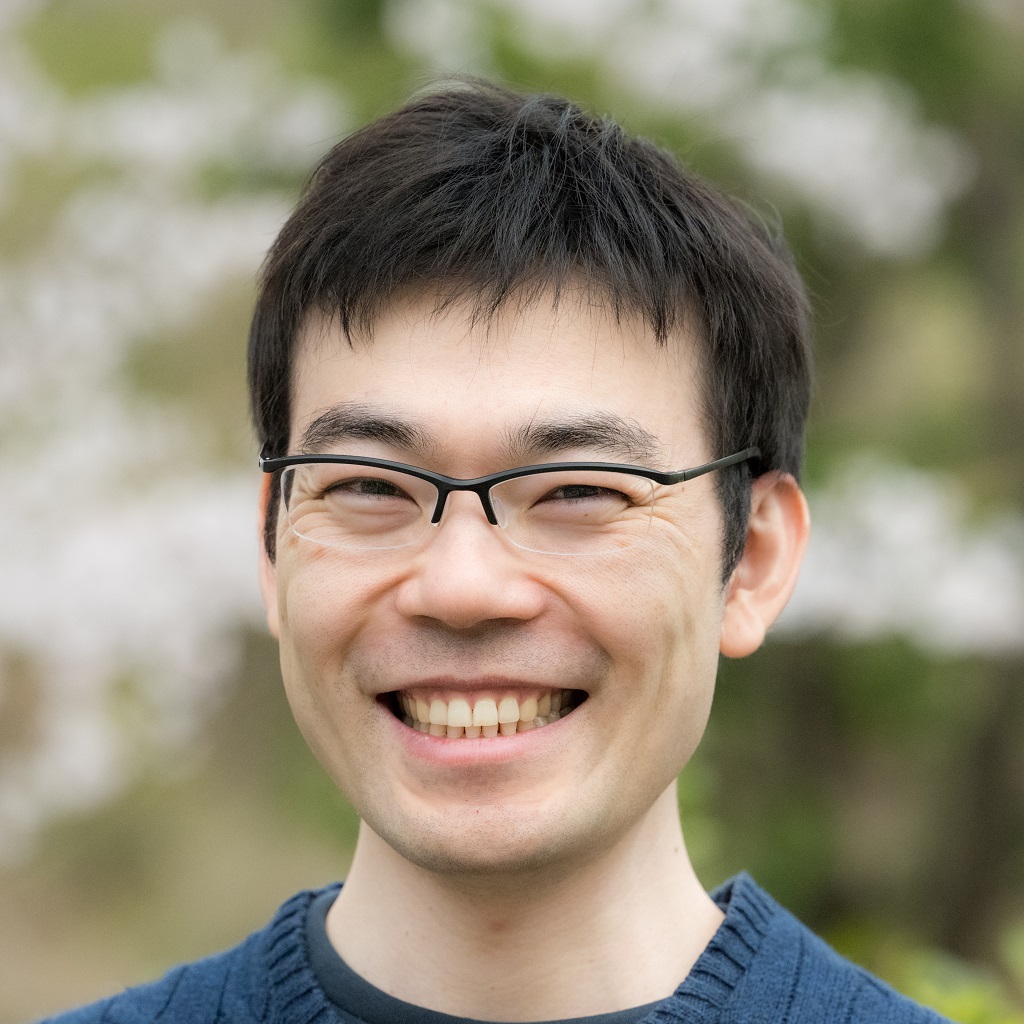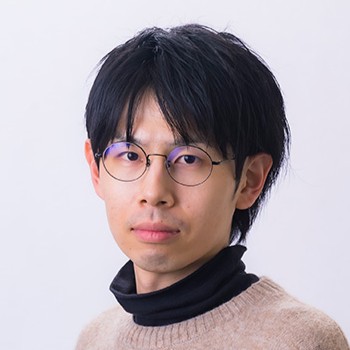Perception-Driven Soft-Edge Occlusion for Optical See-Through Head-Mounted Displays
IEEE Transactions on Visualization and Computer Graphics (TVCG)
2024 | Published (Open Access)

Experimental scenes. (a) Two quantitative patterns are displayed: one on a television positioned 1670 mm from the user's eye and another on a smartphone positioned 460 mm from the user's eye. The focal plane is set on the television. (b) A view of the pattern through two occlusion masks, captured by an iPhone SE3 (3.99 mm focal length, f/1.8) with the focal plane positioned on the television (pattern on the left). Both occlusion masks are of the same size and are able to completely occlude the left pattern. Since the right pattern is closer, the required expansion radius for complete occlusion is smaller compared to the left pattern. As a result, the right view shows a slight occlusion leakage effect. (c) Experimental setup: a scene camera and an eye tracker are used to compute the optimal occlusion mask displayed on a single transparent LCD.
Abstract
Systems with occlusion capabilities, such as those used in vision augmentation, image processing, and optical see-through head-mounted display (OST-HMD), have gained popularity. Achieving precise (hard-edge) occlusion in these systems is challenging, often requiring complex optical designs and bulky volumes. On the other hand, utilizing a single transparent liquid crystal display (LCD) is a simple approach to create occlusion masks. However, the generated mask will appear defocused (soft-edge) resulting in insufficient blocking or occlusion leakage. In our work, we delve into the perception of soft-edge occlusion by the human visual system and present a preference-based optimal expansion method that minimizes perceived occlusion leakage. In a user study involving 20 participants, we made a noteworthy observation that the human eye perceives a sharper edge blur of the occlusion mask when individuals see through it and gaze at a far distance, in contrast to the camera system's observation. Moreover, our study revealed significant individual differences in the perception of soft-edge masks in human vision when focusing. These differences may lead to varying degrees of demand for mask size among individuals. Our evaluation demonstrates that our method successfully accounts for individual differences and achieves optimal masking effects at arbitrary distances and pupil sizes.
Main Contributions
- A novel user preference-based expansion strategy that yields complete masking in human vision for the soft-edge occlusion using a single-layered transparent LCD.
- A user study that reveals how four expansion strategies for soft-edge occlusion masks are perceived by users.
- A discussion on the factors influencing users’ perception of defocused occlusion masks in comparison to camera systems and other users, as well as potential application scenarios for soft-edge occlusion based on our findings and expansion strategy.







